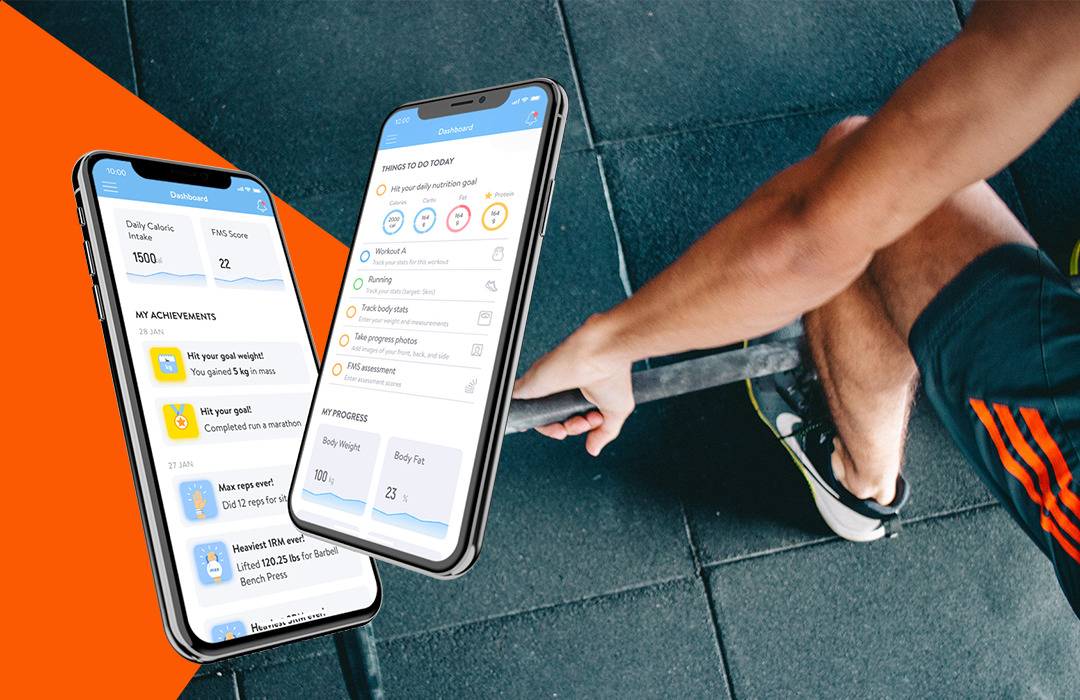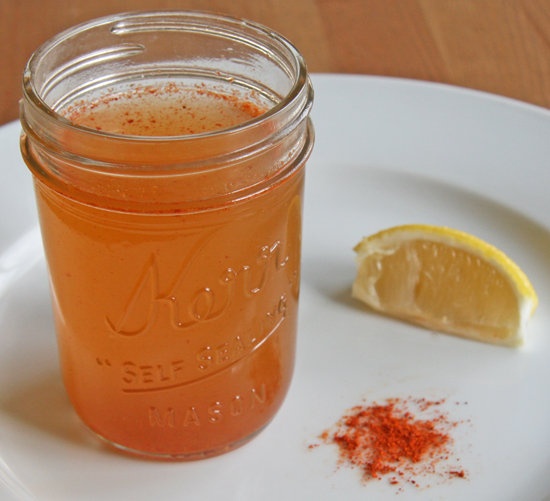The definition, purpose, and look of functional fitness training.
Some people in the gym push themselves to get bigger, faster, stronger. They’re athletic, and every improvement in the gym translates to an improvement at their chosen sport. For others, the goal isn’t to improve athletic prowess. It’s to improve their ability to function every day. For these people, sitting down or rising from a chair is difficult. Playing with the kids or doing household chores is practically impossible.
You may be interested to learn that functional fitness training serves both of these people. So is it right for you? And if so, what are the different types of functional training?
The Benefits
“Functional” refers to exercises that are practical and useful for training your muscles to do everyday tasks more efficiently and with less risk for injury. With functional fitness training, you’ll go through exercises that do just that. By focusing on exercises that mimic the movements you do while at work, at home, or on the athletic field, those movements become easier and safer. For example, if you have trouble with the movements of gardening or going up and down stairs, squats and lunges may be appropriate exercises to train your muscles.
Functional training can be helpful for anyone at any stage in life, but is often most useful in older adults or people recovering from illness or injury. The functional training exercises performed will differ depending on age and fitness level.
A few benefits include improved balance, muscle strength, flexibility, and agility, which are achieved through exercises that strengthen the connection between your muscles and nervous system.
The Method
Exercises used in functional training can be done at the gym or at home. Some exercises use bodyweight movements, others use free weights, kettlebells, medicine balls, foam rollers, benches, or resistance bands. Regardless of equipment used, functional exercises often incorporate multiple muscle groups or joints at once or combine resistance training with flexibility exercises. For this reason, weight machines are not typically used with functional fitness.
The best way to reap the benefits of functional training is to perform exercises that most closely simulate the life activity you’re trying to improve. This includes mimicking the range of motion, speed, type of muscle contraction, and amount of coordination. Before beginning a functional training routine, work with a trainer to determine what exercises help you to reach your ultimate goal.
Like other forms of exercise, functional training can be broken down into three categories: high-intensity, moderate-intensity, and low-intensity. High-intensity training is for people in great physical shape. Exercises considered high-intensity include intensive cardio, strength training, and endurance training. Low-intensity functional training exercises are typically designed for older individuals who wish to improve their quality of life in areas of balance, strength, flexibility, and agility. These include walking, stretching, and water-based exercises. Moderate-intensity exercises fall somewhere in between.
As with any new exercise, get the green light from your doctor before starting a new fitness program if you have any health conditions.
The Exercises
A few functional training exercises that you may have heard of include various types of rows, lunges, squats, planks, flys, push-ups, presses, pull-ups, chin-ups, wall sits, and burpees, all of which use more than one muscle group at a time.
The exercises are based on movements you do in everyday life or in athletic competition. So prepare for plenty of lunges, squats, deadlifts, pushing, and pulling. Each exercise also incorporates movements either from side to side, forwards and backwards, or twisting in order to condition your muscles and nervous system to work together in new and challenging environments.
GET YOUR 4 WEEK FUNCTIONAL TRAINING PROGRAM TODAY
CLICK THE PICTURE BELOW TO VIEW SOME OF OUR 4 WEEK FOLLOW ALONG PROGRAMS OR YOU CAN ALSO PICK UP A PERSONALIZED PROGRAM AS WELL

Subscribe To Our VIP Newsletter
Join our VIP mailing list to receive additional content that goes even deeper into the latest news and updates from our team as well as our wellness partners.





















